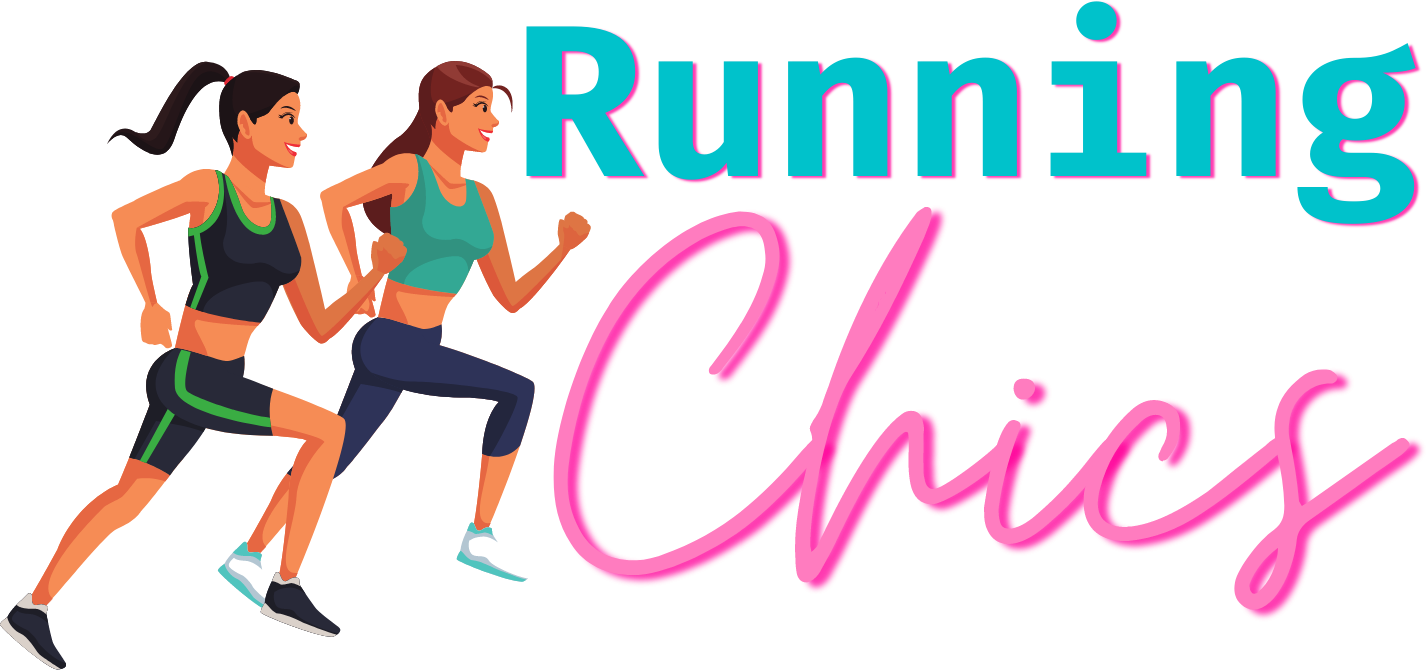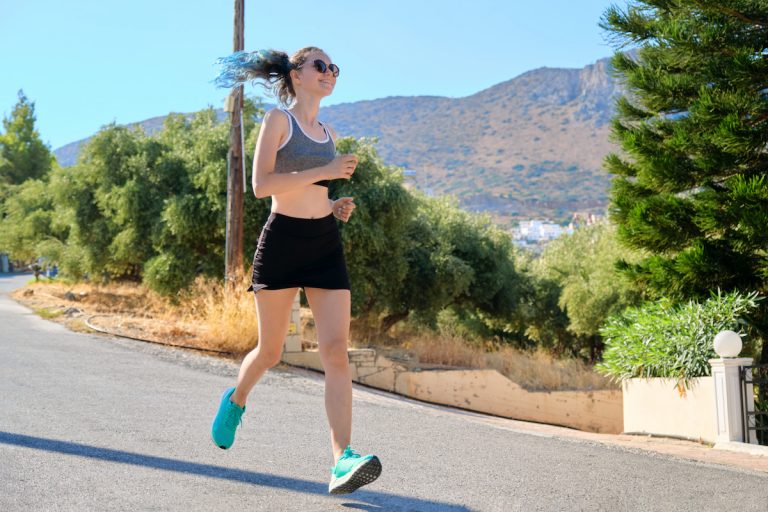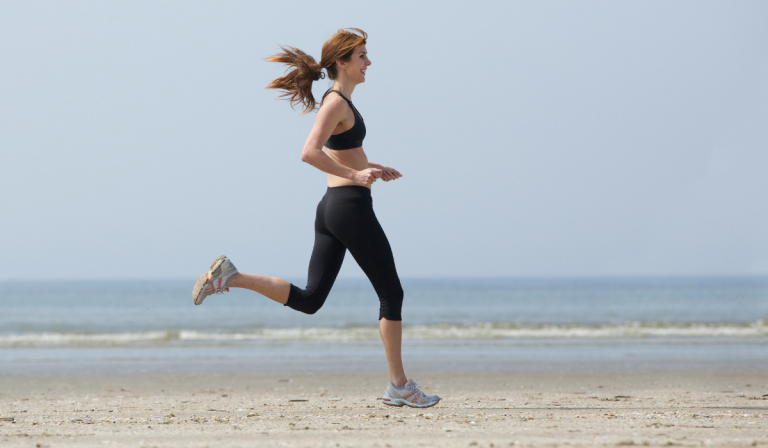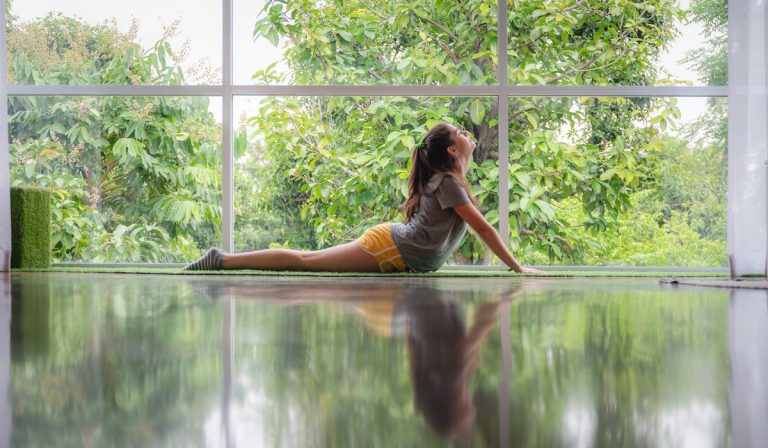Running With a Flat Feet Technique – Is It Okay?
It is not uncommon for people who have flat feet to be concerned about running. So, once in a while, we see questions like, “Is it okay to run with flat feet?”
So, running with flat feet – is it okay?
Running leaves you prone to some injuries if you have flat feet since a shallow arch (or lack of an arch) doesn’t offer as much support and shock absorption. But with the proper running technique, you can work around this.
Below, we offer insight into running with flat feet. We talk about the effects of running on flat feet, tips for running with flat feet, and more.
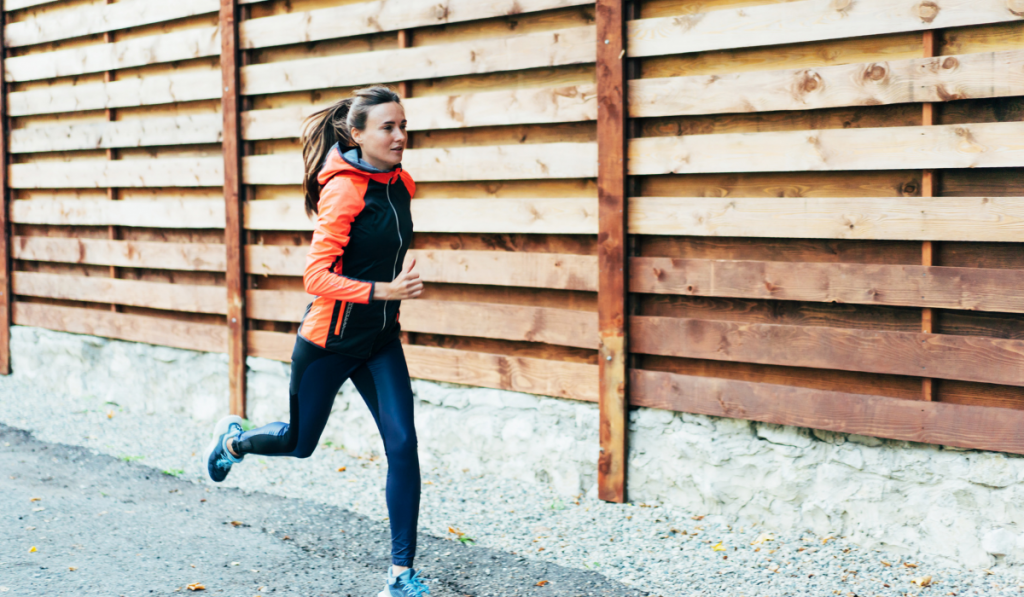
Running With Flat Feet – Is It Okay?
While running, a foot with a normal-sized arch lands on the outside of the heels before rotating inwards slightly (pronating) to absorb shock. But with flat feet, things are not quite the same.
Flat feet overpronate while running. Instead of your heels rotating inwards slightly to absorb shock, they roll inward a lot.
By overpronating, your feet receive more stress and pressure through uneven weight distribution. In the early stages, this may not seem like a problem. But left unchecked, you may suffer injuries.
So, it is not uncommon to see people with flat feet experiencing ankle pain, knee pain, and shin splints, amongst other injuries.
Types of Flat Feet
There are two primary types of flat feet: flexible flat feet and rigid flat feet. Of both types, flexible flat feet are more common, while rigid flat feet are more painful.
Flexible flat feet typically affect both feet, becoming more severe throughout adulthood. Rigid flat feet are usually a consequence of inflammation or tarsal bone complications.
Is It Okay to Run With Flat Feet?

Having flat feet does not mean you cannot run. However, without proper care, flat feet can be troublesome.
If you run with flat feet, the primary care you can give yourself is to run with the correct flat feet running technique.
A physical therapist or a podiatrist can help you determine the flat feet running technique that suits you best. So, you should consider seeing a specialist.
So, is it okay to run with flat feet? It is okay to run with flat feet as long as you do so with the correct flat feet running technique.
Tips for Running With Flat Feet
Besides learning and using the correct flat feet running technique, you can adopt the following tips to ensure you stay injury-free when running.
Get the Right Running Shoes
Getting the correct pair of running shoes is vital for staying injury-free. In fact, with just the right shoes, you may have little to nothing to worry about.
The best running shoes for flat feet are motion-control shoes (also known as stability shoes).
Motion-control shoes have stable midsoles and pronation-reducing features like medial posts (extra-firm sections). So, they reduce the degree of pronation you’d ordinarily experience on flat feet.
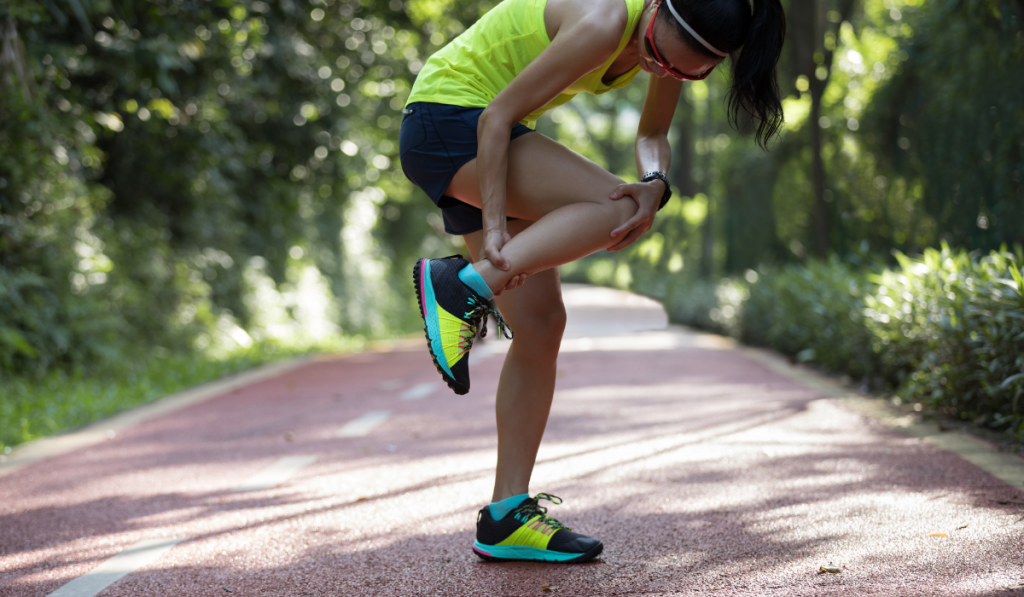
Do not let your motion-control shoes wear out before replacing them.
As you may imagine, the support the shoes give you will wane over time. So, replace them before the shoes wear out totally and leave you at risk of injuries.
While motion-control shoes are the holy grail for flat feet, high-cushion shoes with minimal support are detrimental for flat feet. They promote pronation, so avoid them.
Exercise Frequently
Regular workouts – particularly when preparing for a race – can reduce your injury risk.
By working your calves and ankles, you increase their strength and endurance. Stronger calves and ankles will provide some support to your feet, reducing your risk of injuries.
For optimal advice on how to work out or warm up, speak with a health professional.
Do Not Run On Uneven Surfaces
When running with flat feet, your heels collapse inward, turning your feet outward and putting more pressure on your feet and joints.
Running on uneven ground can make this effect worse.
On uneven ground, the inward collapse of the heels and outward rotation of the feet may be even more pronounced. So, you put even more pressure on the joints and feet.
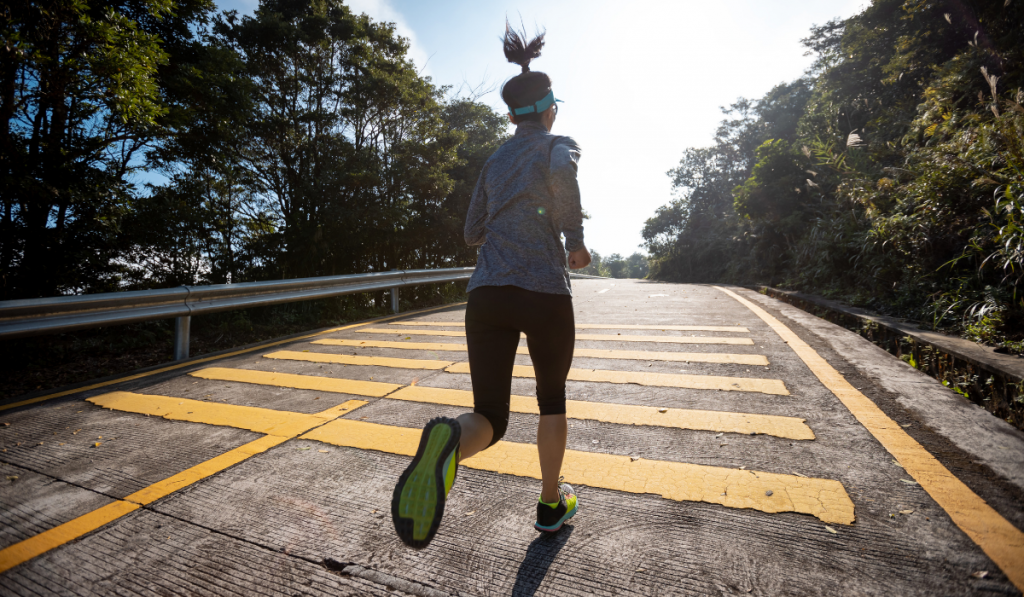
Train on Flat, Soft Terrain
As you may have guessed, flat feet do better on flat surfaces than on uneven surfaces. But beyond that, they do better on relatively softer surfaces.
If you try running on hard surfaces like pavements or concrete, you will put more pressure on your feet. Of course, more pressure means higher chances of injury.
So, instead of running on hard surfaces, run on softer surfaces like a running track or grass field.
Do Not Push Your Feet Too Much
If your feet feel uncomfortable when training, do not continue training with the discomfort. If you do, you may only keep increasing your injury risk.
As much as you can, only run for as long as your feet are comfortable.
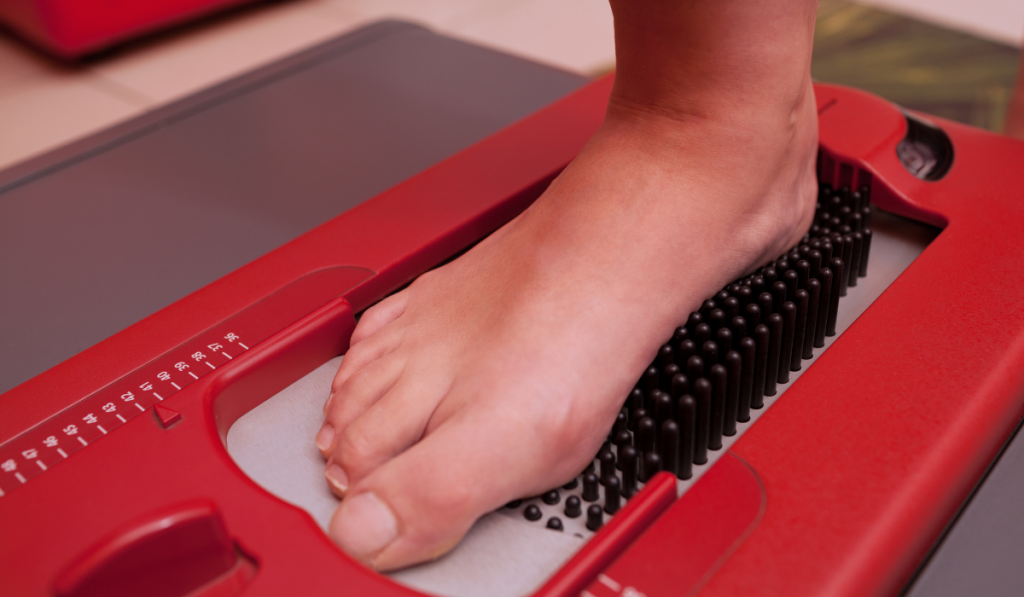
Support Your Feet With Orthotics
You could also get arch-supporting orthotics to reduce your injury risk.
By placing an orthotic in your shoes, you provide arch support to your insoles. This way, your insoles will not overpronate when you run.
Arch-supporting orthotics come in various kinds, and what will work for you ultimately depends on the severity of your condition. Be sure to choose what suits you the most.
Do Not Ignore Pain
When running with flat feet, do not ignore any pain you feel.
If you try to keep pushing through pain, you will increase your risk of an injury. Also, if you do not address the pain, you will keep going around with discomfort that keeps you from enjoying running.
So, whenever you feel pain, see a healthcare professional.
Conclusion
It is okay to run with the correct flat feet running technique. Doing so reduces your injury risk markedly.
Besides running with the correct flat feet technique, use the right running shoes, avoid uneven surfaces, and do not ignore pain. By doing these, you are highly likely to end up injury-free even while running with flat feet.
